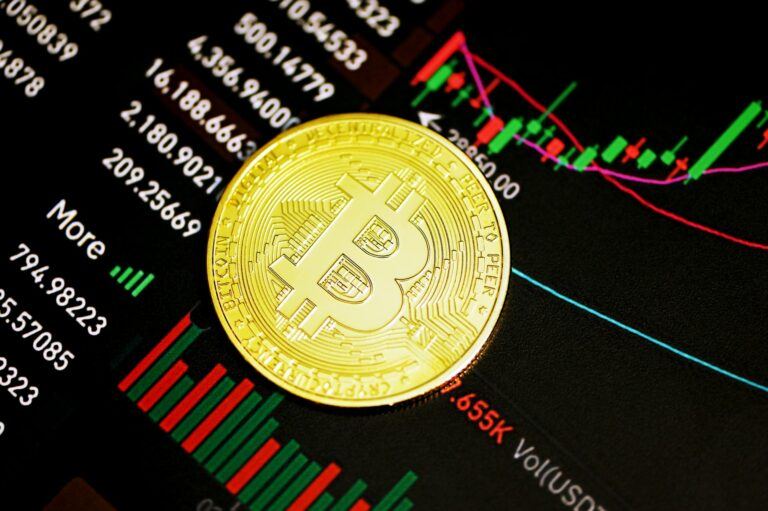
As the price of the flagship cryptocurrency Bitcoin ($BTC) drops nearly 6% in a week to trade below the $67,000 mark, data shows that its supply on cryptocurrency exchanges is now at its lowest level since December 2021.
According to data shared by on-chain analytics firm Santiment, there are now around 942,000 BTC on cryptocurrency exchanges, the lowest level since December 2021 when the price of the cryptocurrency was at around $50,000 and in a month in which it plunged to a $40,000 low amid a bear market trend that saw BTC ultimately drop to just over $!6,000 after FTX collapsed.
Per Santiment, historical data shows there “is less drop-off risk for all of crypto while BTC’s available supply to be sold is limited.”
Nevertheless, data shows that Ethereum on exchanges has grown to 17.98 million ETH, a figure that still stands far behind its all-time high of nearly 30 million ETH back in May 2020. Tether’s USDt on exchanges has also risen rapidly to 16 billion tokens, near its all-time high of 16.95 billion.
A larger stablecoin supply on exchanges often means cryptocurrency investors are getting ready to buy additional tokens with those stablecoins, which could be interpreted as a bullish sign given the lower supply of BTC on exchanges.
<!–
–>
Notably, data shows there’s growing appetite for a market-neutral strategy in the cryptocurrency market, with experts noting record-high short positions on BTC futures are a reflection of that.
That strategy, known as the basis trade, sees investors seek a profit off of the price discrepancies seen in spot and futures markets as by simultaneously buying Bitcoin in the spot market and selling futures contracts at a premium traders can profit while holding a market-neutral position.
The launch of spot Bitcoin exchange-traded funds in the United States fueled the popularity of the basis trade, allowing investors to gain exposure to Bitcoin without directly holding it, while the price premium on futures contracts creates an arbitrage opportunity.
Investors can buy the ETF and simultaneously sell futures, profiting from the difference as the futures price adjusts. This cash-and-carry strategy has become easier to execute with the advent of ETFs, which are traded through regulated brokers.
Featured image via Unsplash.
- SEO Powered Content & PR Distribution. Get Amplified Today.
- PlatoData.Network Vertical Generative Ai. Empower Yourself. Access Here.
- PlatoAiStream. Web3 Intelligence. Knowledge Amplified. Access Here.
- PlatoESG. Carbon, CleanTech, Energy, Environment, Solar, Waste Management. Access Here.
- PlatoHealth. Biotech and Clinical Trials Intelligence. Access Here.
- Source: https://www.cryptoglobe.com/latest/2024/06/bitcoin-supply-on-exchanges-drops-to-loest-level-since-december-2021-signaling-lower-drop-off-risk/



